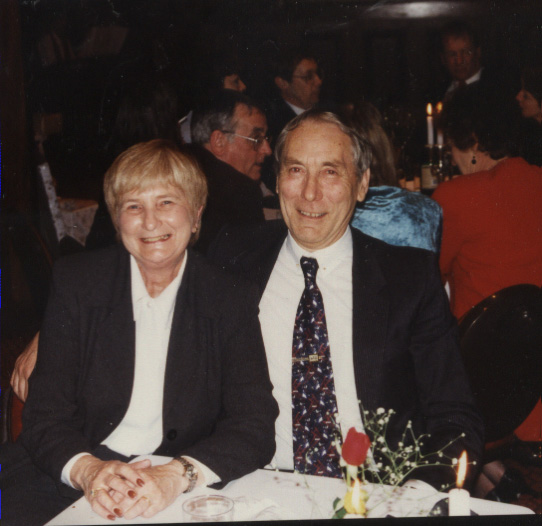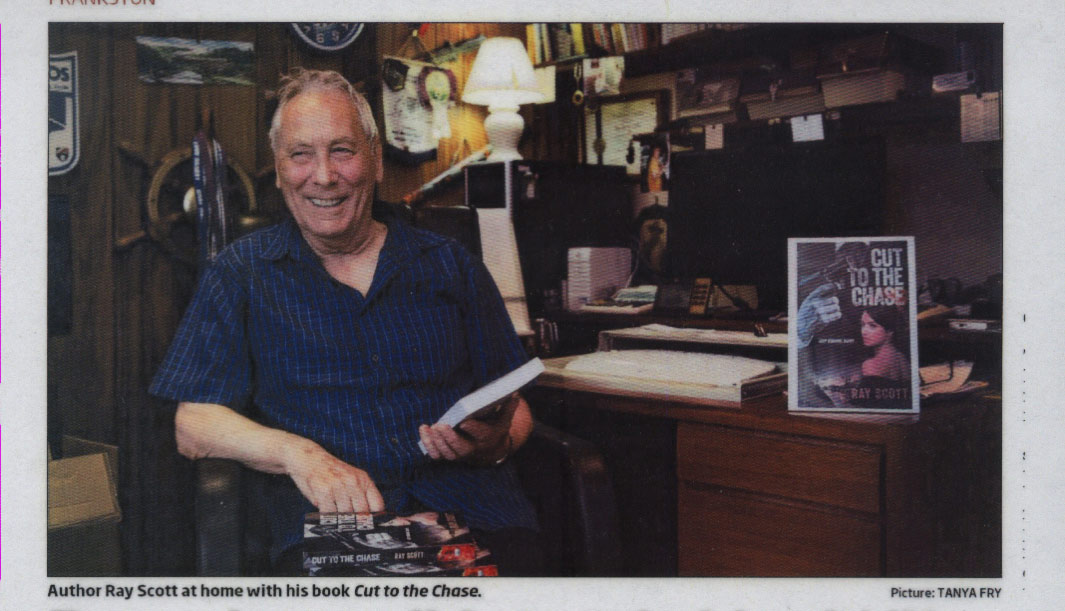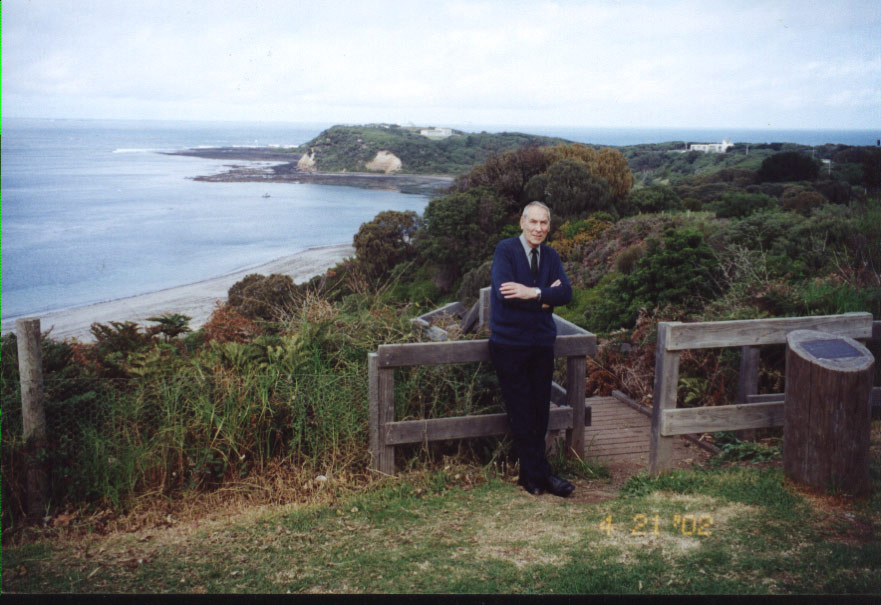REFLECTIONS

Writing Generally
Most writers have a tendency to write to the same theme, in fact it can be said of some authors that they tend to write the same book over and over again and merely change the characters and the back drop. The plots engendered by Agatha Christie mostly run on the same lines, there is the murder and a sheaf of suspects which the police and/or the private detective then have to sort out and question. In the last chapter the denouement usually takes place, with all the characters or suspects in the one room. The backdrop or scenario changes each time, the River Nile, Orient express, a country vicarage, an apartment block in London etc etc. The plots are skilfully woven, I’ve discovered that even suspending reading after the penultimate chapter and listing all the suspects to try to isolate the villain is unavailing, she always fools you! With Agatha Christie you know what you are going to get, I certainly did when I filled one bookshelf with all her books!
As previously mentioned, some of my favourite authors in years gone by were Geoffrey Household, Desmond Bagley and Eric Ambler, all writers of espionage thrillers and in many cases involving a chase of an individual by crooks or foreign spies. I used this theme extensively in earlier writings but in later stories have resorted to pure espionage.
Authors who now fill my bookshelves now include Michael Connelly and David Baldacci for crime, C.S. Forester, Bernard Cornwell and Alexander Kent for Napoleonic times, though I doubt my ability to try writing a historic novel. Gerald Seymour, is another writer I have avidly devoured.
Conclusion:
It is essential that any book be well written, and readable. I hope anything I have written meets these criteria, repeated editing and re-editing by myself and my wife assist in this direction. There are some books or television series where the aim of the author or television producer seems to be modernistic and progressive – whatever the latter word means nowadays, or avant-garde, whatever that means! These aspects often mean using past and present tenses indiscriminately, using obscene language or resorting to the use of violence or explicit sex, whether hetero or homo.
In any books and manuscripts I have composed the past tense is used in the main, whilst bad language is used sparingly, in instances where perhaps we would all be susceptible. When a character is going about his normal daily routine and is shot at, I consider that to utter ‘Dear me, what was that?’ could be considered unconvincing. The actual verbal reaction is more likely to be on the lines of ‘What the **** was that?’ etc etc!’
Sex has been included in my writings, but it is not the main theme. Some books recently released that do devote a large percentage of their story line to activities in the bedroom, on the couch or in the back seat of a motor car do sell well, remarkably so…one in particular springs to mind! Maybe I’ve missed something here!
The aim is to entertain by making it easy to read, with the plot easy to follow. Whether that aim has been attained is up to the reader to decide, but unsolicited reviews have been received from readers which indicate that in the case of “Cut to the Chase” this has certainly been achieved.
I like to believe that anything I’ve written is easily understood, if it isn’t then Mary, my wife, will thrust it in front of me and say something on the lines of ‘Where on Earth are you going with this?’ ‘You’re rambling!’ or ‘You’re going off at a tangent…take this passage out!’
Frequently I have viewed television productions and some films where, after watching for about half an hour, I turn to Mary and say “What the hell is going on here, I’m lost!’ and in most cases she is equally mystified. Regrettably there are many novels I’ve started to read that are equally difficult to follow and understand. If any reader of anything I’ve written can say ‘This is great, I can follow what’s going on here’, then I will be more than satisfied.
My thanks to all who have read the books that have been published, and also my thanks to all the authors I have read over the years who have taught me that writing style is important, as is designing a plot that is easily followed, and characters who are more than merely cardboard cut outs.
Reflections on Writers & Writing
Progress:
Six books have now been published, “The Fifth Identity” issued as an e-book in 2012, “Cut to the Chase”, a paperback and e-book released in 2014, “The Wimmera Shoot”, an e-book issued in 2017. “Double Dutch”, issued as a paperback and e-book in 2019,“ Line of Dissent” a paperback and e-book issued in 2022 and ” Doubt of the Benefit” released 2024.
Various other books have been written, not yet been published, the latest title in course of writing is “The Defection”, which will be the twenty fourth in the series.
All the books run to either of two themes, or both concurrently, one being the element of the chase, while the other deals with the situation of a mole within the intelligence services and/or the resident spy in society or industry who has to be identified and neutralised.

Themes of the Books:
Way back in my teens and twenties, I was very much addicted to two authors, Geoffrey Household and Eric Ambler, both popular during the middle to late years of the 20th Century. Both of these authors were well known at that time, both were prolific and had novels made into movies, examples being “Rogue Male” and “The Mask of Dimitrios” respectively.
“Cut to the Chase” is based upon the theme of the chase, hence the title, and also the main character of the thriller, Harry Wallace, is an ordinary citizen who accidentally becomes caught up in an international intrigue. “Double Dutch”, which was written about the same time, has the same chase theme, an innocent unwittingly caught up in international intrigue who has to be silenced, while the book scheduled to follow, “Doubt of the Benefit”, incorporates this and another theme. In this story, an insurance loss adjuster, carrying out what appears to be an ordinary compensation claim investigation, stumbles across and becomes embroiled in a terrorist situation. To prevent him prematurely revealing their aims to the authorities he is held prisoner by these terrorists, but escapes and, penniless, is pursued by them over country Victoria.
Novels or thrillers in the series written in more recent years have tended more to pure espionage, the embedding of moles within government departments, industrial complexes or even within intelligence organisations themselves. This last scenario is not limited to fiction, incidences of this nature actually occurred in the 1940s and 1950s, as both MI 5 and MI 6 know to their cost, the cases of Burgess and Maclean, Kim Philby and George Blake being bitter memories. The CIA and FBI too had their fair, or should I say unfair, share of traitors within the tent, as did the KGB, and our own ASIS and ASIO.
Two novels in particular, “The Renegade” and “Betrayal in Paris”, deal with the near betrayal of Russian defectors, one in London and the other in Paris, by embedded moles within the western intelligence services. Frequent references are made in these novels to Kim Philby and his fellow traitors, known in both London and Moscow as ‘The Cambridge Five’. Any asides made as to the activities of these traitors are factual. Other novels written later in the series deal with moles implanted within commercial companies that have dealings with the Defence Industries and sleeper agents in commerce and industry and society generally. There was such a case in England in recent years, a lady named Lettie Norwood who was a secretary in a large industrial complex, in hindsight it is thought she did more harm to the west than Kim Philby. Ironically she could have got away with it and never been unmasked, but for a Russian defector in Ottawa who exposed her.
Writing Style of the Books:
Like many of my generation, including my wife, I attended a Grammar School, which were familiar and respected establishments in England before the advent of comprehensive schools. In common with many of our contemporaries, and unlike some of our national political leaders, we both had correct grammar, spelling, tenses, pronunciation and use of words drummed into us. All the books are written thus, hopefully, though with the hazards of enthusiastic writing and subsequent editing and re-editing whereby mistakes once missed can be missed again, the occasional aberration may sneak through. Of those that nearly made it but failed, many were picked up by my wife whose knowledge and use of English is near perfect.
Characters of the Books:
Though the books are written in a chronological sequence, the various stories are complete within themselves, they are not episodic like a television serial. That great writer Michael Connelly refers to events in previous books when writing, he does have a chronological order but it is possible to read them out of sequence as they are all self-contained. I have read them all.
Many characters recur in most of my books, especially members of the intelligence services, both Western Allies and Russian, and also members of various police forces in Britain, Australia and Paris. Our own ASIO and ASIS are prominent players in various volumes.
If readers are seeking a larger than life hero the well-known author Lee Child has based many of his books on such a character named Jack Reacher. These books attracted sufficient notice for Hollywood to make a movie based on Jack Reacher, although personally I believe that the actor chosen to represent this powerful, aggressive and self-sufficient hero was quite inappropriate. On the other hand, those selected to play the part of James Bond, Ian Fleming’s supreme larger than life hero, usually seem to fit the bill, as do his villains.
There are no such heroes in anything I have written, the main player is often an ordinary citizen who has become involved either by accident or by manipulation by others, while the intelligence persona all work together as a team while trying to locate the traitor.
Most characters in the books are based on people I know or have known, no names no pack drill. When you know those persons, it is easier to gauge how they will react to certain circumstances and put it into writing, though I hasten to add, before all my friends and acquaintances shun me, that my KGB character Boris Oborski is not drawn from anyone in particular.


